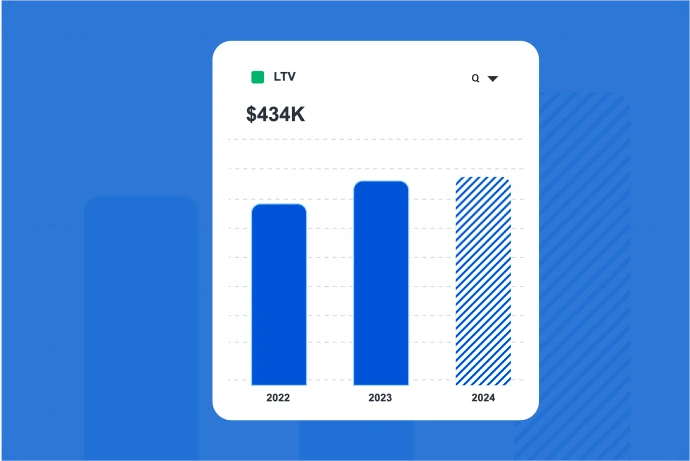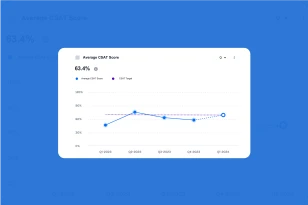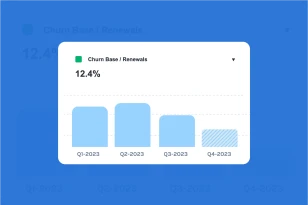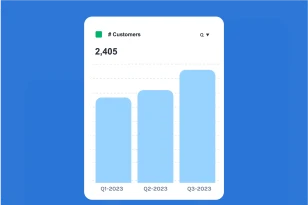What is Customer Lifetime Value (LTV)?
Customer Lifetime Value (LTV) is an estimate of the average gross revenue that a customer will generate before they churn.
It is a crucial metric that represents the total revenue a business can reasonably expect to earn from a single customer over the entire duration of their relationship.
Why is it Important to Measure Customer Lifetime Value?
Measuring Customer Lifetime Value is important for several reasons:
- Strategic Decision-Making: LTV informs strategic decision-making by providing insights into the value each customer brings to the business. It guides resource allocation, marketing strategies, and customer acquisition efforts.
- Marketing Efficiency: Understanding the long-term value of customers helps businesses optimize their marketing spend. It allows for better allocation of resources to channels and campaigns that contribute most to customer acquisition and retention.
- Customer Segmentation: LTV facilitates customer segmentation based on value. Businesses can identify and prioritize high-value customer segments, tailoring marketing and retention strategies to different customer groups.
- Profitability Assessment: LTV is a key factor in assessing the profitability of customer relationships. It helps businesses evaluate whether the cost of acquiring and retaining a customer is justified by the expected revenue generated over time.
- Churn Prediction: LTV is closely tied to customer retention. Monitoring changes in LTV can serve as an early warning sign for potential churn, allowing businesses to take proactive measures to retain valuable customers.
How Do you Calculate Customer Lifetime Value?
There are several methods to calculate Customer Lifetime Value, and the approach may vary based on business models and available data. One common formula for calculating LTV in SaaS businesses is:
LTV Formula
ARR * Profit Margin / Customer Count / Churn Rate
How To Improve Customer Lifetime Value
Improving Customer Lifetime Value involves strategies to increase customer loyalty, encourage repeat purchases, and maximize the revenue generated from each customer relationship. Here are key approaches:
- Exceptional Customer Experience: Provide an exceptional and personalized customer experience. Satisfied customers are more likely to remain loyal and make repeat purchases.
- Customer Loyalty Programs: Implement customer loyalty programs to reward and incentivize repeat business. Offer discounts, exclusive access, or other perks for loyal customers.
- Cross-Selling and Upselling: Identify opportunities for cross-selling additional products or upselling premium versions to existing customers. Effective product recommendations can increase average transaction value.
- Subscription Models: Introduce subscription-based models that encourage ongoing relationships with customers. Subscription services often result in predictable and recurring revenue streams.
- Reactivation Campaigns: Implement reactivation campaigns for dormant or inactive customers. Incentivize them to re-engage with the brand through special offers or promotions.
- Community Building: Build a community around the brand where customers can connect with each other. A sense of community fosters loyalty and encourages long-term engagement.
By implementing these strategies, businesses can work towards improving Customer Lifetime Value, leading to increased revenue, profitability, and sustainable growth over the long term. Regular monitoring, analysis, and adaptation based on customer behavior contribute to sustained improvements in LTV.





